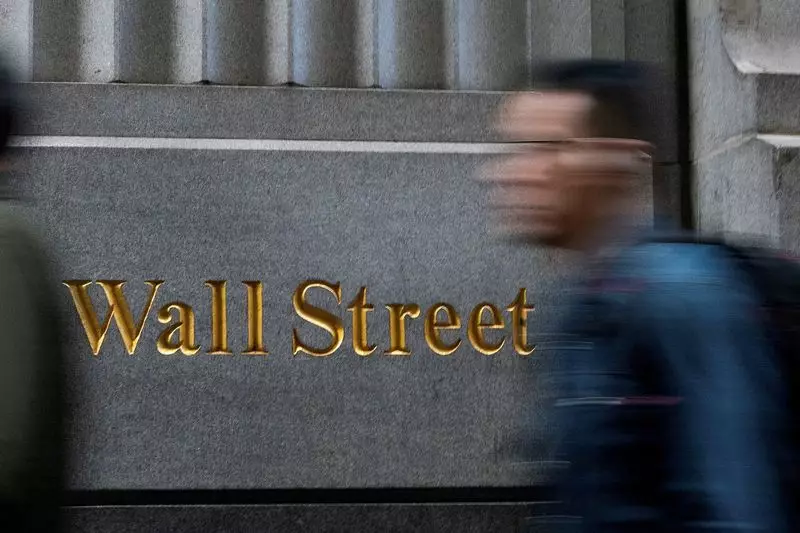As we delve into the first major financial event of 2025, the U.S. stock market finds itself at a crossroads. Investors are keenly anticipating the upcoming jobs report, looking for key indicators to gauge the health of the economy. With the recent fluctuation in stock prices, post-holiday market activity has experts watching closely for signals of economic stability or potential disruption. The importance of maintaining a balanced economy cannot be overstated, especially following a remarkable surge in 2024, during which the benchmark S&P 500 index saw a phenomenal rise of 23%, marking the largest two-year gain since the late 90s.
The expectations surrounding the jobs report are compelling; investors are hoping for data that indicates a stable labor market, which would, in turn, bolster their confidence in equity investments for the year ahead. The significance lies not only in the numbers themselves but also in the implications these figures might have on future interest rate strategies set by the Federal Reserve. With the Fed recently adjusting its expectations regarding rate cuts, the upcoming report could play a pivotal role in shaping market dynamics.
Historical data has shown that labor market trends can swing from stability to volatility based on external factors. Recent events, such as strikes within the aerospace sector and severe weather conditions, have contributed to inconsistent job growth statistics. Thus, the report expected to be released on January 10 is anticipated to provide clarity amidst the chaos. The consensus from economists indicates a forecasted growth of 150,000 jobs for December, with the unemployment rate projected to remain at 4.2%. As noted by experts in the field, this report will be instrumental in comprehending the ongoing trends in the job market, especially after modest growth figures earlier in the year.
While optimism is prevalent among investors—with a Natixis Investment Managers survey revealing that 73% of institutional investors believe the U.S. economy will dodge a recession in 2025—there remains a latent concern about inflation overheating the economy. Such inflation could create significant challenges for market stability, and many market analysts are urging caution.
The delicate balance that investors seek—referred to as the ‘Goldilocks’ scenario—hinges on job growth that is neither too vigorous nor too feeble. A robust jobs report could potentially ignite fears of renewed inflation, prompting the Federal Reserve to reconsider its monetary policy. Conversely, a weak report could raise fears of a faltering economy, leading to increased market volatility. As highlighted by market strategists, the key will be to sift through the job growth data to find a trend reflective of a stable yet resilient economy.
The anticipation surrounding other supplementary employment reports and data related to the services sector and factory orders will also shape the larger context of the jobs report. Investors have witnessed a period of uneven stock performance, particularly in December when the S&P 500 experienced a drop of 2.5%. This decline coincided with an exceptionally low number of days reflecting net positive gains within the index, emphasizing the cautious sentiment prevailing among investors.
The Path Ahead for Investors
As the market prepares to absorb the data from the upcoming jobs report, a palpable tension hangs in the air relating to potential directions that the Federal Reserve might take in its next meeting at the end of January. With the Fed signaling heightened awareness regarding inflation, this may influence its approach in yielding interest rates, particularly if the economic conditions shift unexpectedly. The advent of 2025 presents an intriguing landscape; investors must navigate carefully through the interplay of job growth, inflation predictions, and monetary policy to harness opportunities in the equities market.
The upcoming jobs report represents more than just monthly employment figures; it embodies the critical pulse of the U.S. economy. Investors must remain vigilant, adapting to changing realities and gauging the underlying trends that will dictate market behavior throughout the year ahead. As the intricate web of economic indicators unfolds, astute investors will strive to make informed decisions in what promises to be a dynamic and evolving financial landscape.

